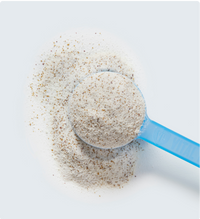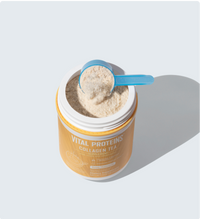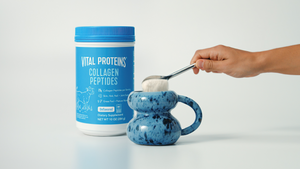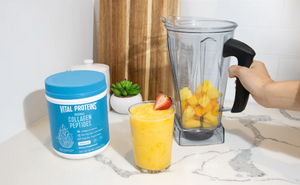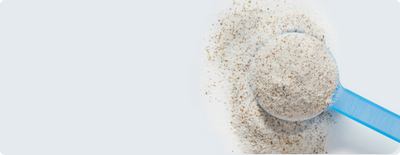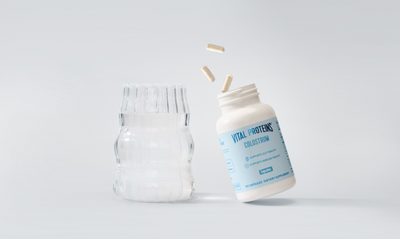There are many things in this world that go together. Bread and butter. Peanut butter and jelly. But there’s another wicked combination that deserves to be put to the test: pairing certain muscle groups together. In fact, doing so comes with some serious rewards. “Training pairs of muscle groups on specific days of the week will not only help you hone in on your goals, but it's also a helpful strategy to prevent overtraining and injury,” says Katie Webb, certified fitness instructor.
Curious to learn more? Keep reading to see what the experts had to say about what muscle groups to work out.

which muscle groups should be worked out together?
Pairing muscle groups together, also called a body part workout split, looks like this: “Training your chest, back and arms/shoulders on one day, legs and buttocks together the next and then core/abs on their own day,” Webb explains to Lively.
You can always play around to find what muscle pairing works best for your body and recovery. And speaking of recovery, Ian Elwood, Founder of MissionMVMT.com, says that it can’t be missed: “If you don’t give yourself time to recover between workouts then you will not see the types of changes you are hoping to.”
which body parts should you work out? And on what days?
Figuring out what body parts to work out on what days can be tricky. It’s why a lot of people give up mid-workout and work out their fingers instead by scrolling through TikTok. (You know you’ve been there.)
But when push comes to shove and you have to decide, you want to push it – literally. And pull, with the push/pull method. To get an idea of what this is, Webb offers up an example for your chest/back/arms & shoulders day.

“You'll want to factor in pulling and pushing variations to work biceps, triceps, shoulders, pectorals and back. This can be done without weight as well, focusing on exercises like push ups, triceps dips and overhead presses.”
Another example would be to focus on glutes, hamstrings and quads on your day focused around legs/buttocks. “Some great exercises for training these areas are any sort of squat variation like pistol squats, dumbbell squats, sumo squats, etc., as well as single leg deadlifts and hamstring curls.”
Elwood provided some examples of different push and pull type movements.
Examples of upper body pushes:
- Push-ups
- Bench press
- Shoulder press
- Handstands
Examples of upper body pulls:
- Pull-ups
- Rows
- Band pull-aparts
- Face pulls
Examples of lower-body pushes:
- Squats
- Lunges
- Step-ups
Examples of lower body pulls:
- Hip hinges (deadlift and Romanian deadlift)
- Heel slides
As for when you should work these body parts, Elwood recommends two push days and two pull days if you train four days a week. “Within each day, you can further divide it into upper and lower body, but I recommend full-body push and pull type workouts,” he tells Lively.
The push/pull method is a time-saver and also a great way break down your workouts. But instead of thinking in terms of body parts, Elwood likes to think of “movement types” since some movements will use the same muscles in different ways.
“For example, squats and deadlifts both use the glutes, but each exercise activates the glutes along with very different muscle groups. Squats use the quads more while deadlifts utilize the hamstrings, but they both use the glutes and the adductors quite a bit.”
He adds that putting together the perfect workout looks different for everyone. A good place to start is by asking yourself:
- How often are you working out?
- How long can you train for each day?
- What resources are available to you? (i.e. gym equipment)
- What are your goals?
What are the 5 major muscle groups?
The 5 major muscle groups are as follows:
- Chest
- Back
- Arms/shoulders
- Abs
- Legs/buttocks
As you can see, some of these groups overlap. “Your back and your core share a lot of the same muscles,” says Elwood. Similarly, “your chest and your shoulders are practically the same thing.”
This isn’t coincidence. He says that this is another example of how the focus should be less on specific body parts and more on movement types when crafting a workout.

